In this video we cover the molecular structure of lipids or fats. We discuss the structure of triglyceride molecules, the structure of phospholipid molecules, and the structure of prostaglandins. Lipid structure Lipids or fats are composed mainly of carbon, hydrogen and oxygen. However, lipids contain a lower proportion of oxygen atoms than do carbohydrates. Some lipids contain other elements such as nitrogen and phosphorus. Most lipids do not dissolve in water because they are non polar, meaning that electrons are shared equally in the molecule. So, they have no partially charged regions in the molecule. The main types of lipids include triglycerides or fats, phospholipids, steroids, and prostaglandins. Triglycerides are the most plentiful lipid in the body and they are composed of 2 building blocks, a glycerol unit, and 3 fatty acids. A glycerol molecule has 3 carbon atoms, with each bonded to 2 hydrogen atoms, a hydroxyl group, which is an oxygen bonded to a hydrogen, and the fourth bond being to another carbon atom. Fatty acids are made up of long chains of carbon atoms and hydrogen atoms. Some carbon atoms are linked by single bonds, and others by double bonds. These bonds determine which type of fatty acid the molecule is classified as. There are 2 types of fatty acids, saturated fatty acids, and unsaturated fatty acids, which include monounsaturated fatty acids, polyunsaturated fatty acids and trans fatty acids. We will cover fatty acid molecules in depth in (the next) a separate video. In the formation of a triglyceride, the fatty acids bond with the glycerol molecule. The 3 fatty acids attach by their carboxyl groups, which are the carbon, oxygen, oxygen, hydrogen group, at the end of the molecule to the hydroxyl, OH groups of the glycerol molecule. As this process takes place, 3 molecules of water are removed, which is a dehydration synthesis reaction. Some triglycerides contain 3 molecules of the same type of fatty acid, and others may have 3 different types of fatty acids. Triglycerides are found in many food items such as vegetable oils, coconut oil, beef, fast foods, many seeds and avocados. Phospholipids are similar in structure to triglycerides in that they have 4 subunits. They are composed of a glycerol unit, 2 fatty acids, a phosphate group, and a nitrogen containing group. The phosphate and nitrogen group extend in the opposite direction of the fatty acids. This end, or head of the molecule is actually polar, so it is water soluble. Hydrophilic, meaning water loving, is the term often used to describe the head portion of a phospholipid molecule. The fatty acids end is non polar, so it is called hydrophobic, which means water fearing. This property, having a hydrophilic and a hydrophobic region, allow this molecule to join, or bridge a water environment and a lipid environment. So, in water, these molecules will form bilayers, with the fatty acid tails facing each other, and the heads facing outwards as you can see here. Phospholipids are the main component of cell membranes, which we will cover in depth in another video. Steroids, which are often referred to as sterols, have a 4 hydrocarbon ring, or steroid nucleus as the foundation of their molecules. Steroids differ based on the side chains extending out from their rings. Cholesterol, whose molecular model is shown here, is an important steroid, as it has hydrophilic water loving polar region here at the hydroxyl OH end of the molecule, and hydrophobic water fearing non polar region at its hydrocarbon chain. Cholesterol is a key part of cell membranes as its polar region can interact with the polar region of phospholipids and its non polar region is embedded in the membrane along side the non polar fatty acids of the phospholipids. Cholesterol is also an important building block in bile acids, which are key in breaking down fat molecules in the body, and many hormones, which are signaling molecules the body releases. Cortisol, estrogen and testosterone are other important steroid compounds. You can see that each of these molecules differ slightly based on their side chain formation, but they all have the 4 hydrocarbon rings as the foundations of their molecules. Prostaglandins are lipids that are derived from unsaturated fatty acids. They are composed of a 20 carbon, 5 carbon ring structure. There are many different types of prostaglandins in the body, that take part in different important functions, such as enhancing the immune system and inflammatory response.
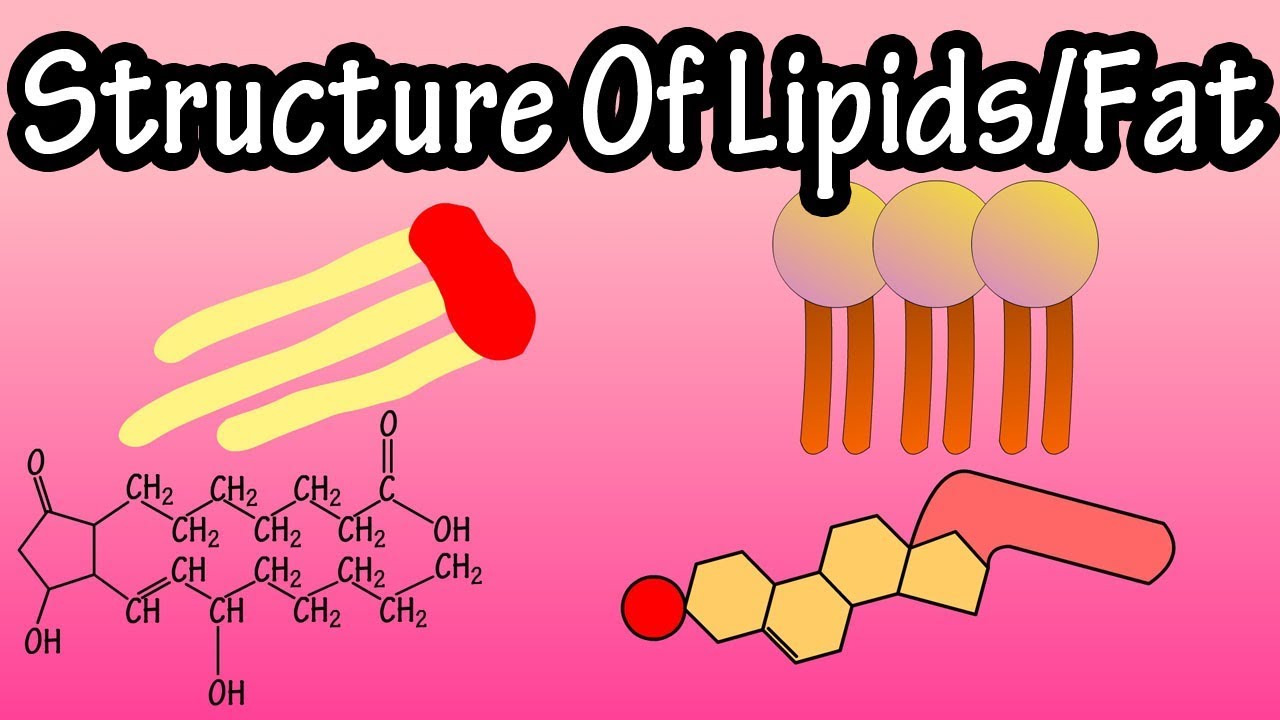
Lipids & Fats Video – 1
- Post author:admin
- Post published:May 10, 2021
- Post comments:0 Comments
You Might Also Like
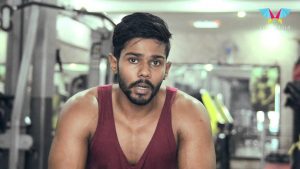
Side Effects of taking Body Building Supplements, Kevin James
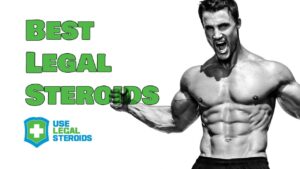
Best Legal Steroids For Fast & Safe Muscle Building

ECG Basics 5/10 – Rate Calculation
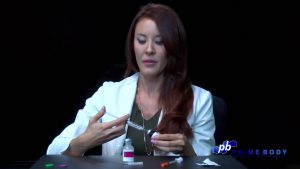
Prime Body HCG Preparation
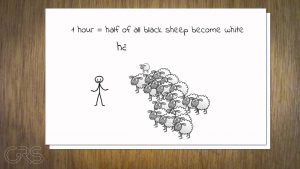
What does the term half-life mean?
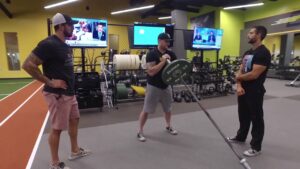
Landmine Trunk Rotations
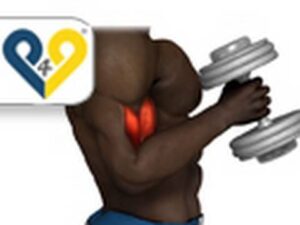
Alternating hammer curls (standing with dumbbells)
Testosterone & Androgenic Effects Video – 50

Are Leg Extensions Bad For Your Knees? | Do They Build BIGGER QUADS?
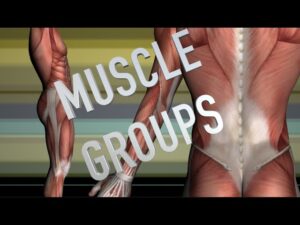
Shoulder Girdle Muscle Group – Kinesiology Quiz
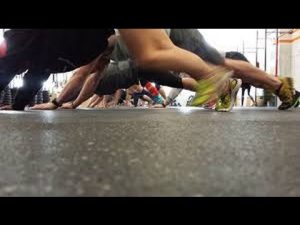
What is stamina?

Top 10 Best Vitamin B-Complex Supplements

Squat-2

Front & Lateral Raise Combo : Best Shoulder Exercises
Cardio-Thoracic Physiotherapy Video – 11
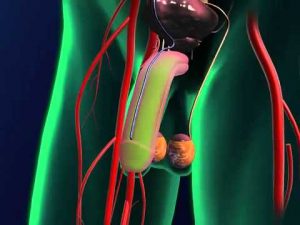
Erectile Dysfunction animation flv
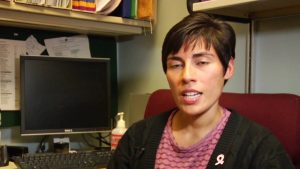
Nutrition & Diets : Best Time to Take Vitamin B Complex
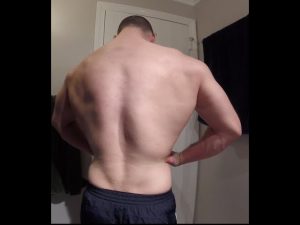
Creatine Before & After
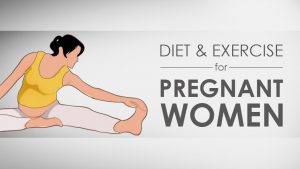
Diet & Exercise For Pregnant Women I 3
![Read more about the article Top 10 Foods High In Protein [HD]](https://videos.drmaheshkumar.com/wp-content/uploads/2021/05/Top-10-Foods-High-In-Protein-HD-3-300x169.jpg)
Top 10 Foods High In Protein [HD]

Working Out After Injuries : How Do I Prevent Shoulder Injury During Exercise?

Foods Nutrition Video – 2
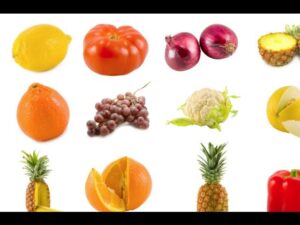
What Is Vitamin B6? | Vitamins
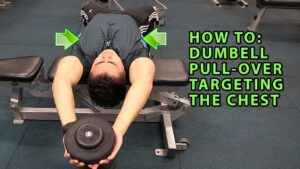
How To Do Dumbebell Pull-Over To Target The Chest.

Branches of Physiotherapy Video – 27
BMR

CPR Cardiopulmonary Resuscitation Video – 2
Gynecomastia-Health Tips April 16, 2012
Yoga, Meditation & Pranayama

Muscle Building Program
Flexibility Stretching Video – 3

What are the Risks of Not Treating High Blood Pressure? – Hypertension Effects Animation HT Dangers
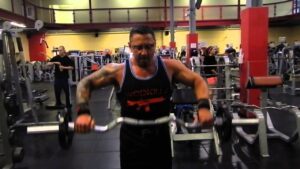
Wide grip upright rows for side delts
What is Aerobic Exercise- Cardio and aerobics workouts
Does jaundice go away on its own?
Endocrine System

Medical Video Lecture: How to diagnose thyroid diseases quickly with T3,T4, TSH, TRH

Body Fat Reduction Animation
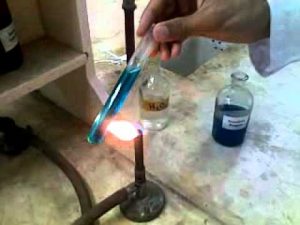
Benedicts Test – Urine Analysis
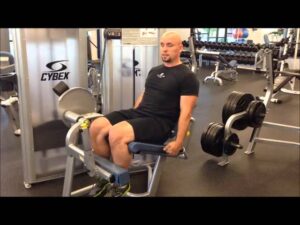
How to do a proper leg extension
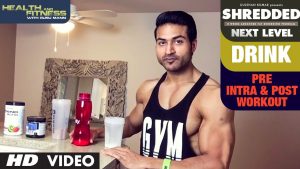
Pre/During/Post Workout Drink || SHREDDED NEXT LEVEL by Guru Mann ||

